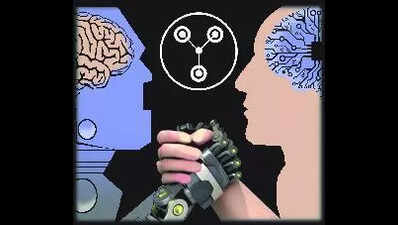Kochi: Five-year integrated postgraduate programmes in artificial intelligence (AI) and data science, physics and chemistry have garnered the highest number of applicants among standalone courses in the Cochin University of Science and Technology (Cusat) common admission test (CAT) this academic year. This reflects a shift in academic preferences among students who now prioritise specialised and future-oriented disciplines.According to data released by the university, BTech programmes continue to draw the largest overall pool of applicants, with 35,059 students registering this year. However, when individual courses are considered, the integrated MSc in Computer Science, designed with a strong focus on artificial intelligence and data science stood out with the highest number of applicants. The programme attracted 13,172 applications for just 20 available seats, making it one of the most competitive courses offered by Cusat. The integrated MSc courses in physics and chemistry also recorded impressive interest, receiving 7,737 and 6,930 applications respectively. University officials note that the rising inclination toward AI and data analytics aligns with the growing job market demand for graduates skilled in the field. “Unlike earlier recruitment models, companies today adopt task-based hiring, where applicants are asked to complete technical challenges. Students specialising in AI have a clear advantage because they graduate with strong foundations in both programming and artificial intelligence,” said Madhu S Nair, head of the school of computer science at Cusat. He added that although several institutions in the state now offer AI and data science programmes, Cusat’s courses stand apart due to the experienced faculty. The first batch of the integrated MSc in Computer Science is set to complete the programme in April 2026. Meanwhile, as per data furnished by the university programmes such as MTech in Marine Technology, MTech in Synthetic Biology and Bio-Manufacturing and MTech in Mechanical Engineering (Thermal Engineering) were among the least sought-after, each receiving fewer than 50 applications.




